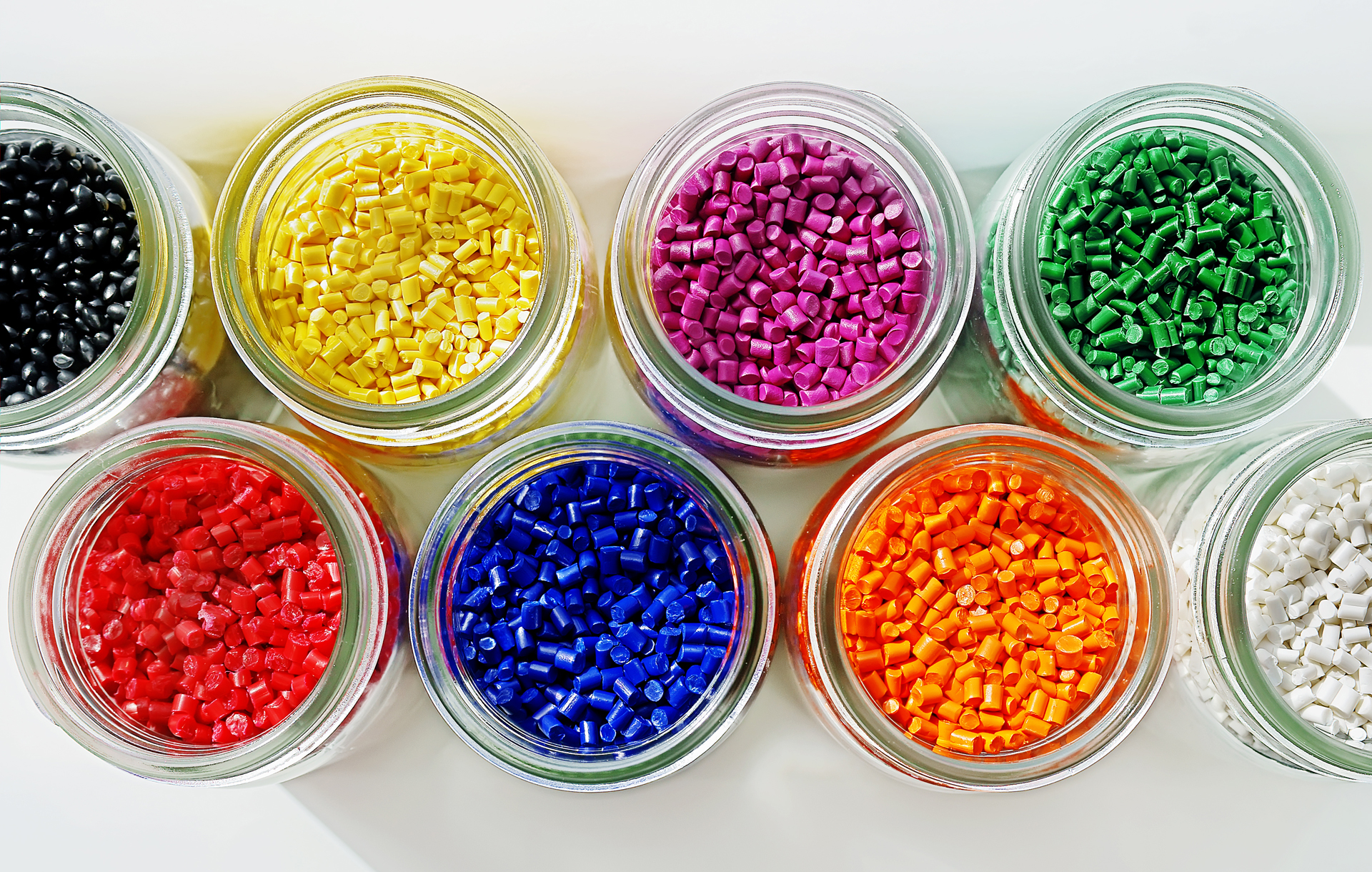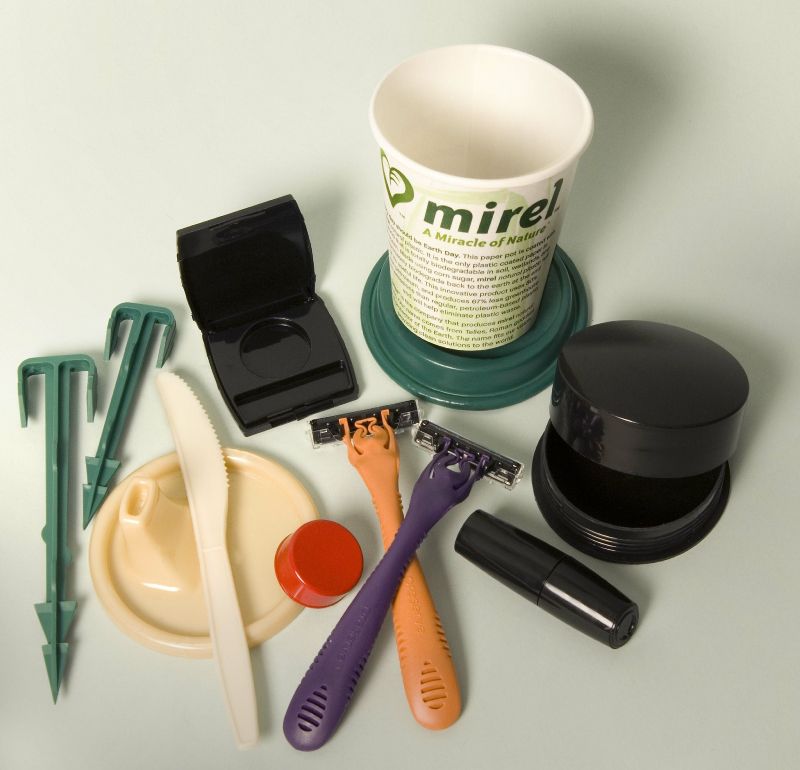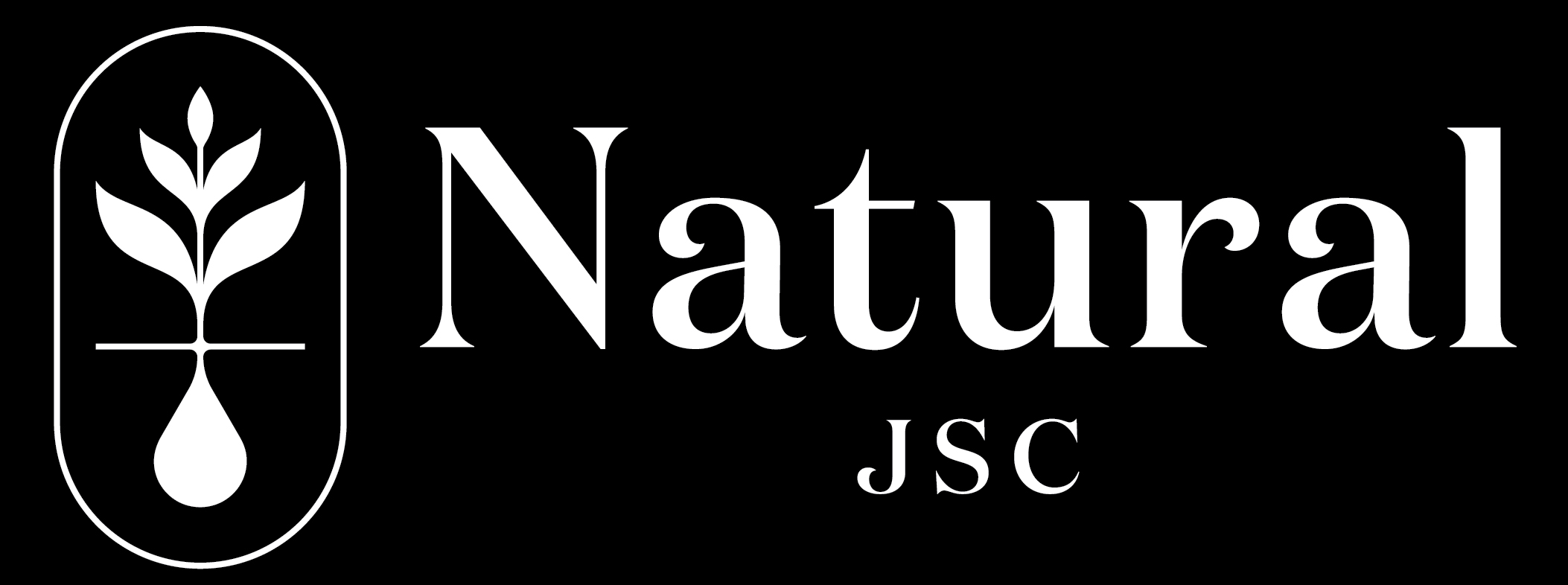Fossil-based bioplastics are considered one of the potential temporary alternatives to plastic waste. However, due to the origin of the materials used to make this bioplastic, many people still question its environmental friendliness and safety. Let’s find the answers in the following article!
What is fossil-based bioplastics?
Biodegradation refers to the process of breaking down a material in the natural environment under the influence of microorganisms such as fungi, algae, and bacteria. After the decomposition process, the material ultimately turns into water, CO2, and biomass that is beneficial to plants and soil. Fossil-based bioplastics, a type of bioplastic, is a group of plastic materials with this outstanding characteristic.
Among bioplastics, fossil-based bioplastics are considered the only group of materials not derived from biological sources (corn, sugarcane, etc.) but made from fossil resources. This makes the widespread use of this group of materials controversial because the production process still requires the exploitation of finite, unsustainable resources. In addition, most fossil-based bioplastics products require ideal environmental conditions to biodegrade quickly. In other words, if not handled properly, this type of bioplastic can take a long time to decompose or may even be difficult to decompose.

To prevent fossil-based bioplastics waste from accumulating and causing as much impact as traditional plastics, companies have begun to develop more areas that meet industrial decomposition conditions. In addition, research is being conducted to replace the chemicals that make up fossil-based bioplastics with substances found in biological materials to transform them into a sustainable source of raw materials.
Types of fossil-based bioplastics
Depending on the raw materials and processing methods, different types of fossil-based bioplastics can be created. The most common ones are:
PBAT (Polybutylene Adipate Terephthalate)
PBAT (Polybutylene Adipate Terephthalate) is one of the most common types of fossil-based bioplastics. This plastic consists of key chemical components such as adipic acid, terephthalic acid, and 1,4-butanediol, which are derived from petroleum and are commonly found in traditional PET plastics.
Because it has similar components to PET, PBAT is durable and resilient, yet easier to process when decomposing. In a suitable industrial environment, PBAT products only take a few months to become beneficial biomaterials for the ecosystem.
PCL (Polycaprolactone)
Similar to PBAT, PCL (Polycaprolactone) also originates from fossil fuels, specifically crude oil. PCL itself is a biodegradable polyester with oil and water resistance, created by linking ε-caprolactam monomers together. This material can also be compatible with other materials, typically combined with starch to increase biodegradability.
Applications of fossil-based bioplastics in daily life
Due to their excellent biodegradability, fossil-based bioplastics are being developed as a temporary alternative to traditional plastics. Moreover, this type of plastic does not contain the harmful substances commonly found in traditional plastic products, making it suitable for use in a wide range of fields:
Medical products
Both PBAT and PCL are safe, bio-based materials. They are also compatible with and biodegradable in the human body within 18–24 months. Therefore, these fossil-based bioplastics are often used to produce self-dissolving surgical sutures, reducing the use of traditional nylon or polyester sutures. This enhances safety and provides a more comfortable experience for patients during suture removal.
Due to their high elasticity and durability, this type of bioplastics, particularly PCL, are also used in skin grafting to protect underlying tissues from external impacts. Additionally, they play a role in bone regeneration and fracture treatment.
Food packaging
Replacing traditional plastics, fossil-based bioplastics are beginning to be used in food packaging to minimize the negative impact of the enormous amount of waste from this market on the environment. Still carrying the traditional plastic properties of moisture resistance and heat resistance, this is a perfect material to protect food from external influences.
Household products

In the household products market, fossil-based bioplastics have contributed to the creation of a wide variety of products. From shopping bags and soap containers to children’s toys and even sports equipment such as golf clubs and tennis rackets. The widespread distribution of fossil-based bioplastics in these areas is helping to reduce the amount of traditional plastic waste consumed daily. At the same time, in addition to protecting the environment, this also contributes to providing a safer choice for our health.
Conclusion
Although there are still many weaknesses, such as dependence on fossil resources or the need for the right conditions for decomposition, fossil-based bioplastics products are still a “close friend” to the environment. The emergence of this new type of plastics has and continues to gradually improve the problems of traditional plastic waste, both now and in the future.
